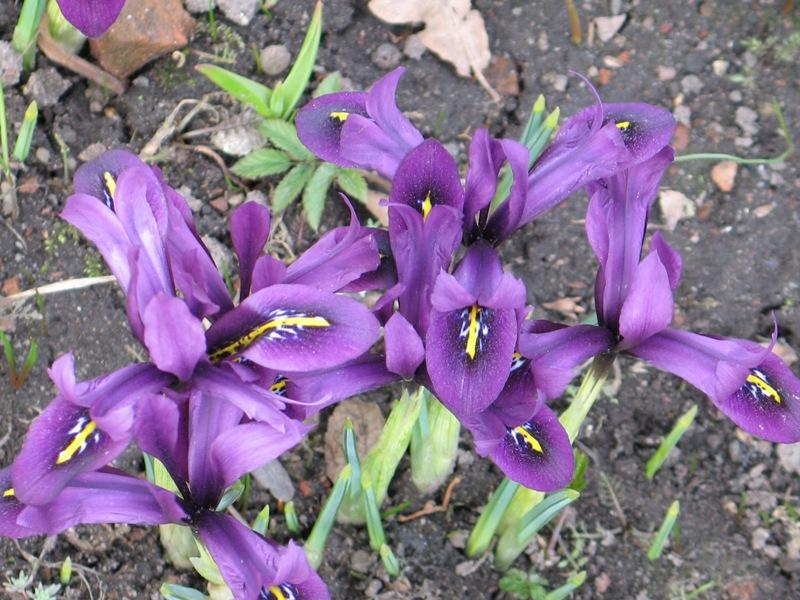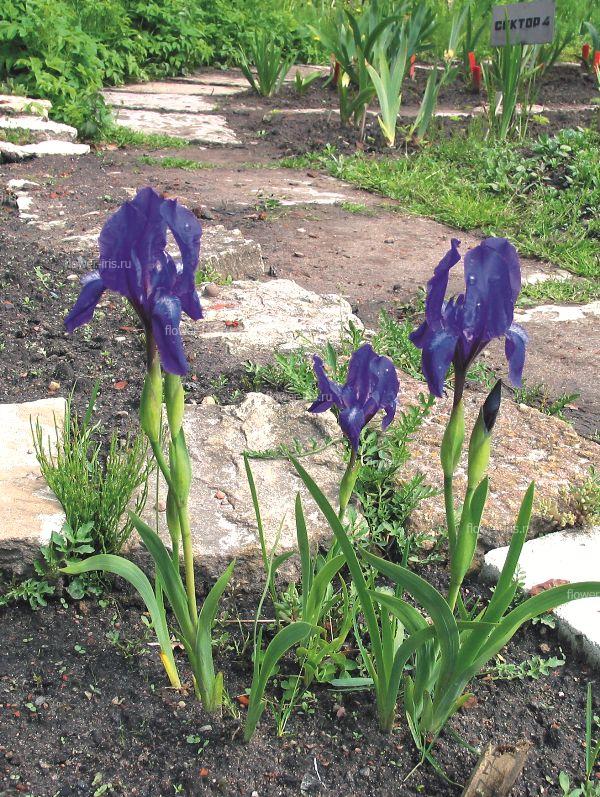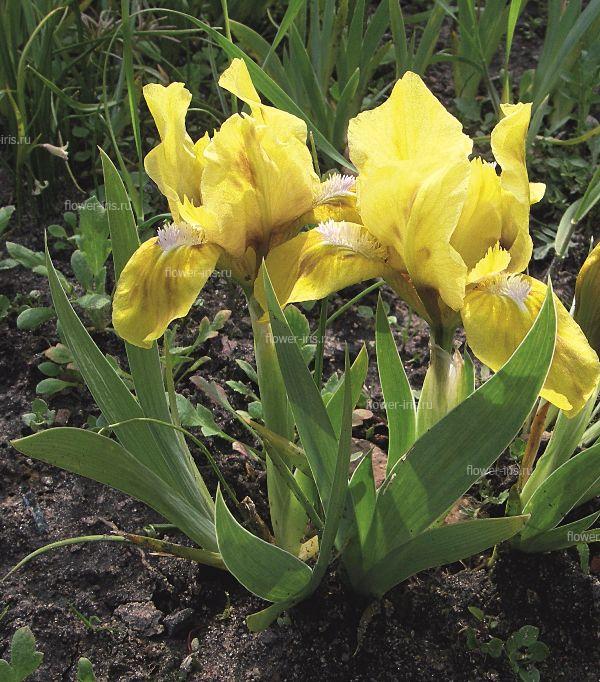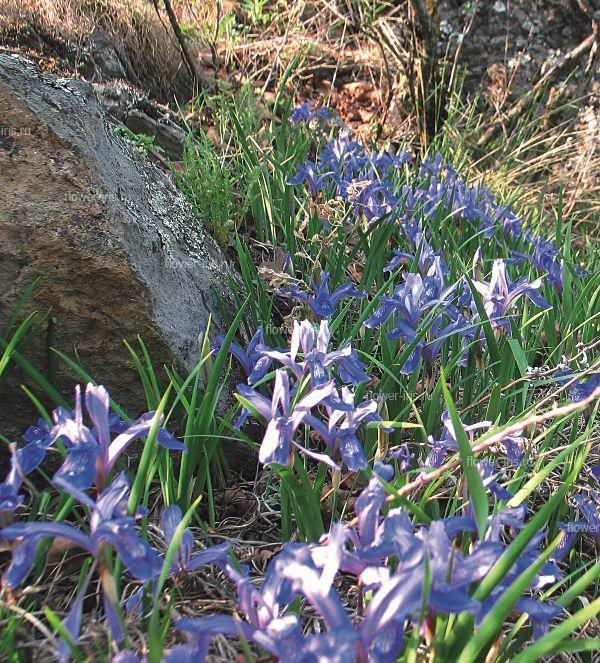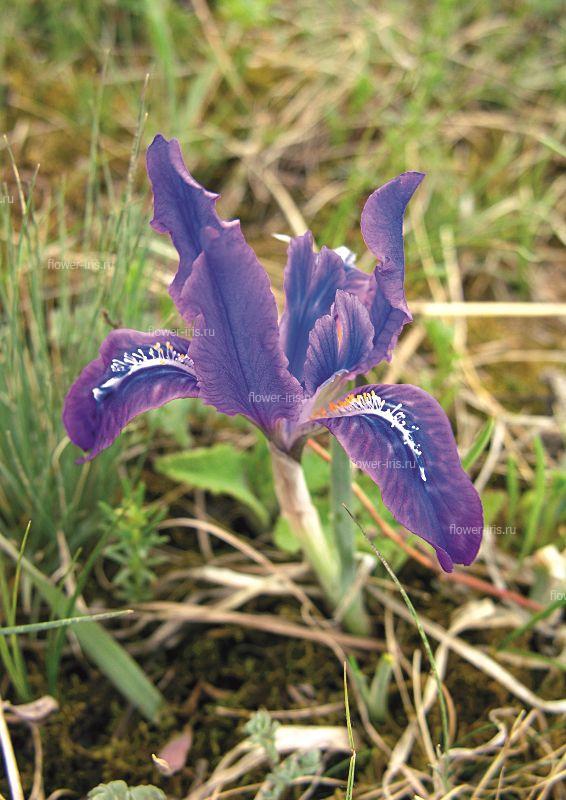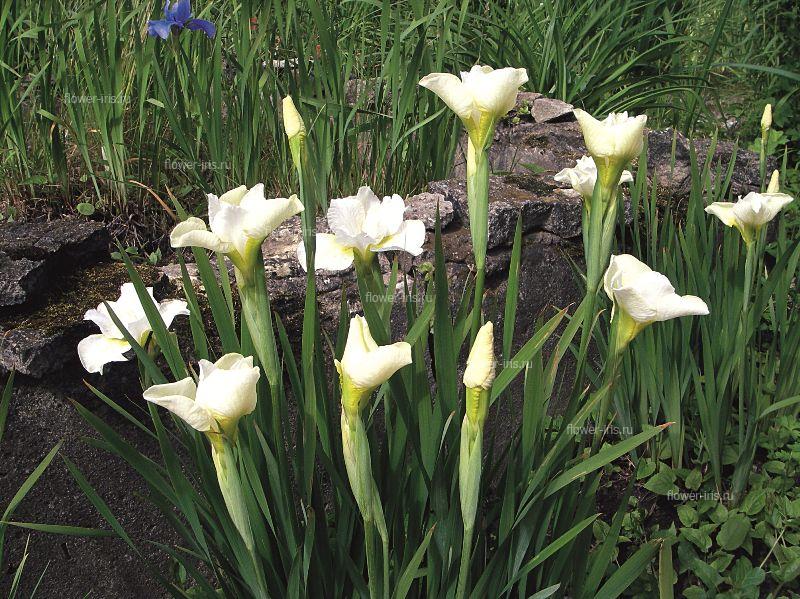|
News Photo Gallery |
Insect Pests and diseases of IrisesHomepage → Books on Iridarium (Iris Garden) → Look in the book → Insect Pests and diseases of Irises
Introduction
Create iridariya Family Iridaceae Bulbotubers Bulbous Rhizomatous Genus Iris Subgenus Iris Subgenus Limniris Subgenus Eremiris Subgenus Xyridion Subgenus Tenuifolia Genus Pardanthopsis The exhibition "Iris Russia" Exposure Iris garden Cultivate Insect Pests and diseases of Irises Literature The translation is done through the service translate.google.com. It is known that if the rules for farming plants will be healthier and less prone to disease. The following are the major pests, diseases and pathogens iris, primarily for the North-West of the European part of Russia. Are symptoms of injury or illness. Are sbosoby plant protection. The paper used the personal experience of the author, literature on pests of flowers and ornamental plants (Gorlenko, 1969 Sinadsky, 1982 Rodionenko, 2002), as well as the experience of specialists in plant protection Botanical Garden Botanical Sciences (LP Kondakova and E. A. Varfolomeyeva). Diseases of the group of bearded irises especially dangerous bacterial rot (Pectobacterium carotovorum) rhizomes, it actively develops in warm, wet summer periods. The causative organism - a bacterium Erwinia aroidea, or Pseudomonas iridis. Fan leaves yellowing and falling; decaying rhizome produces a strong, unpleasant odor. Rotting roots sections must be cut and cut handle a strong solution of potassium permanganate. Rot pathogen afraid of the sun and dryness (useful rhizomes free from the surface and from the sides of the soil). Before planting the rhizomes should dressing fundazol, TMTD or tectonics. Disease vectors are insects: thrips (nest in the axils of leaves, the leaves lose waxy film, looks depressed) and butterfly caterpillar moths, gnaw out of the ground leaves, flower stalks. Preventive treatment of soil and plants fitosporinom. Diseases of the iris are most concerned about the virus specialists - the broken mosaic (Iris virus 1 - 1 virus iris). Flowers stained irregularly shaped and deformed. Leaves lose decorative, becoming speckled, yellow, wither. Aphids are vectors of disease (Myzus persicae, Macrosiphum solonifolii etc.). Drugs for treatment are not yet known. Infected plants can be cut to the ground and burn. Severely infected plants - destroy with rhizomes. It is recommended to deal with vectors. Geterosporioz (Heterosporium gracile) as spoils of ornamental plants. On infected leaves are oblong gray-brown spots with a dark border. The leaves dry up prematurely. Stains on the leaves of iris also cause fungi (Ascochyta iridis and Septoria iridis). The infection in the affected leaves preserved. Wet warm weather favors disease development. Should destroy crop residues and dead leaves. Treatment plants and the soil around them is copper-containing drugs and substitutes Bordeaux liquid adhesive. Rust (Puccinia gladioli, P. iridis) leads to loss of decorative foliage. On leaves formed small dark brown oblong spots, pustules. It is recommended to cut off the foliage and burn it. The good result spraying 0.6-0.8% suspension of sulfur, topaz 0.01%. Corms thermally disinfected by immersing them in hot water (+50 ° C) for 5 minutes. Fusarium (Fusarium oxysporum) leads to the appearance of brown bulbs rotten areas, often on the Donets, the roots die. In humid conditions, the affected parts of a dense pink and white bloom. Infection persists in the soil and covered with seed. Recommended early digging bulbs, dressing in suspensions fundazol, fentiurami followed by thorough drying. Re-dressing the bulbs before planting. Recommended crop rotation with the return to the former plant site in 4-5 years. Considerable damage in the iris humid summers bring bare slugs. This is a common field (Agriolimax agrestis) and agile slug (A. laevis). Small snails hide during the day in shaded areas (under stones, pieces of soil, leaves), and late in the evening out of the shelters and damage the central (more tender) leaves fans in the first place, bearded irises. They gnaw large irregular circular hole, most often in the middle of the sheet, leaving the leaves mucus and feces. Naked slugs are vectors of plant diseases caused by various fungi. Fungal spores, passing through the gut slugs remain intact. Kill slugs, using catching bait in the form of slices of potatoes, carrots (with subsequent collection of hands every morning) or sprinkling the soil with superphosphate or drugs "Meta" or "Thunder". Cause great harm to the iris caterpillar shovel. For example, a scoop violet (Hydraecia micacea) eats the heart of the stem, damaged shoots wilt, stem breaks off. Scoop Iridaceae (Helotropha leucostigma) and winter moth (Agrotis segetum) eat away the base of flower-bearing shoots, which turn yellow and underdeveloped die. Recommended Double spraying in early May fufanonom (0.1-0.2%, 10-20 mg per 10 liters of water). For the prevention of soil sprinkled bazudin in granules. Gladiolusovy thrips (Taeniothrips simplex) leads to loss of decorative foliage. Leaf turns brown and dry. Should be cut off the foliage and burn it. Recommend spraying foliage fufanom (20-30 g per 10 liters of water) or a solution of "Akhtar" - 0.01%. Corms thermally disinfected by immersing them in hot water (+50 ° C) for 5 minutes. Larvae onion zhurchalki (Eumerus strigatus) eat away bulb. Damaged plants are stunted, the leaves wither. It should be before storing or planting carefully selected healthy bulbs. Etched bulbs before planting or after digging, to heat treatment bulbs (in water at 43 ° C bulbs immersed for 3 hours). Against larvae applied watering soil bazudin. Afelenhoides (Aphelenchoides subtenuis) - rot nematode. Parasite causes rotting of corms crocus. Their cross sections are visible brown spots. Diseased plants behind in development, lose decorative. Should produce culled bulbs. Need 3-hour disinfection corms in the first week after digging in hot water (+43.3 ° C). Recommended to keep tubers in a solution of "Narcissus" - 0.5-1%. For the prevention of soil decontaminated bazudin in granules or before planting preparation "Narcissus" - 0.5-1%. Aphids (Dysaphis tulipae) affects young leaves, flowers. During the rest of plants settled on bulbs. In Spurrier irises aphid spoils the appearance. In this group of irises at the base of the perianth tube and the outside of the conducting system is copious nectar, nesting here aphid, in wrapping it can damage the developing seed pods. Effective against aphids spraying foliage fufanom (20-30 g per 10 liters of water) or Akhtar - 0.01%. For prophylactic treatment of soil and plants used fitosporin. |


 Eng
Eng

